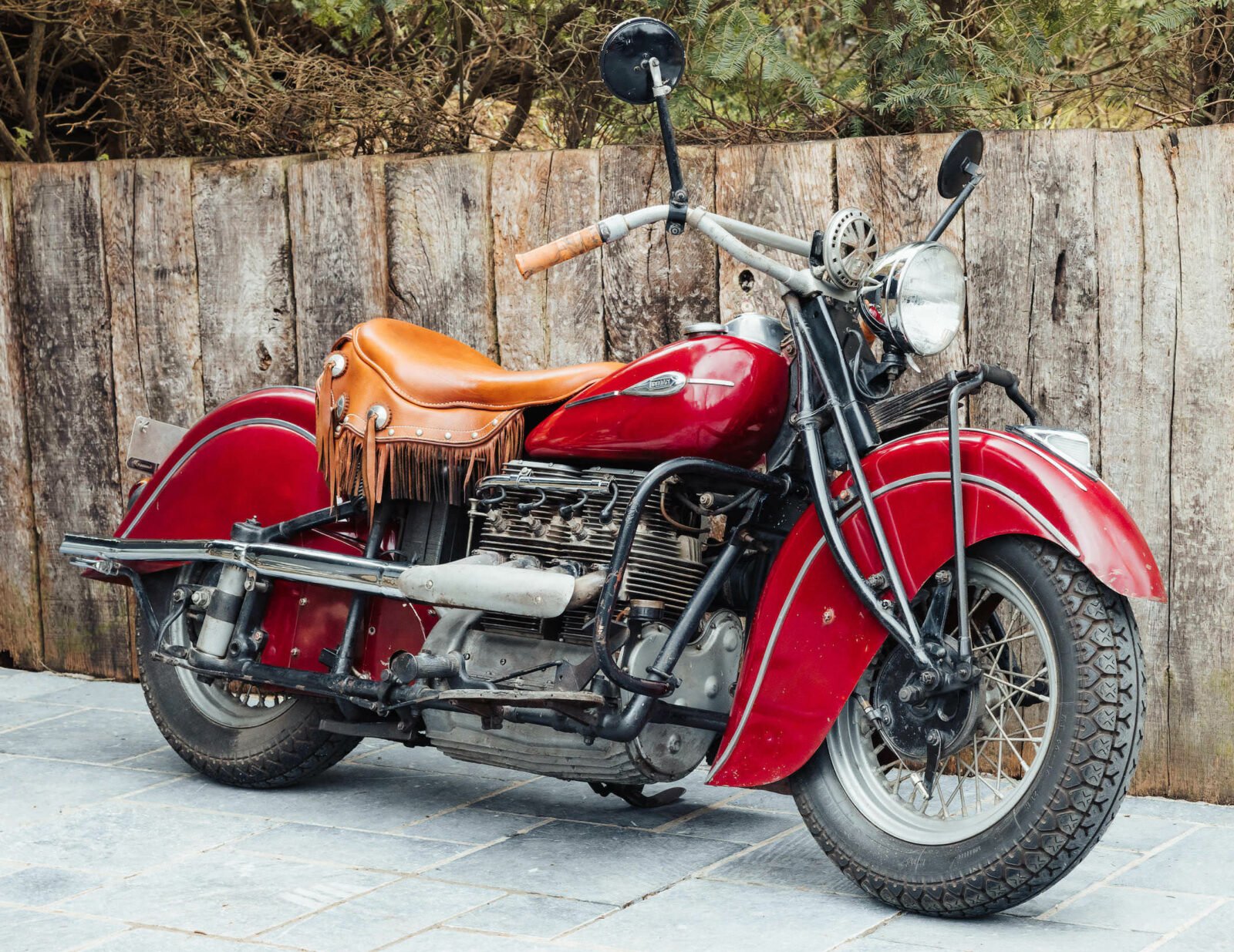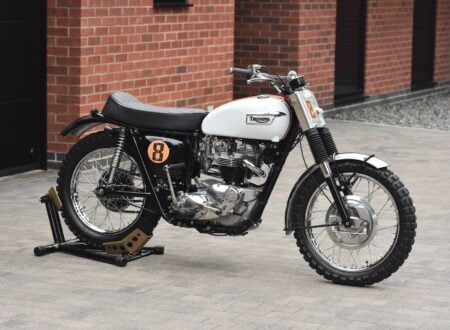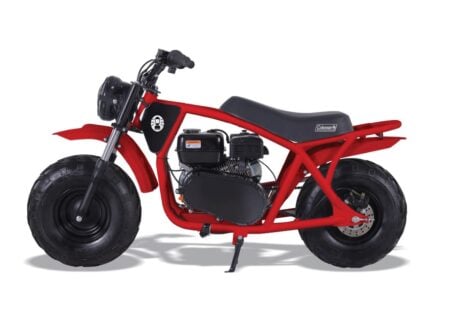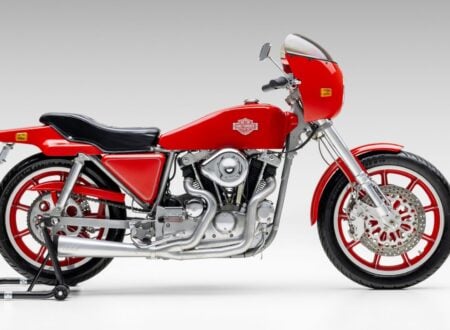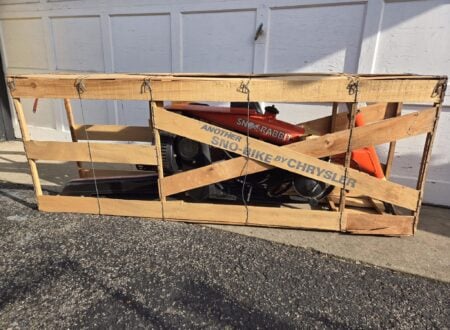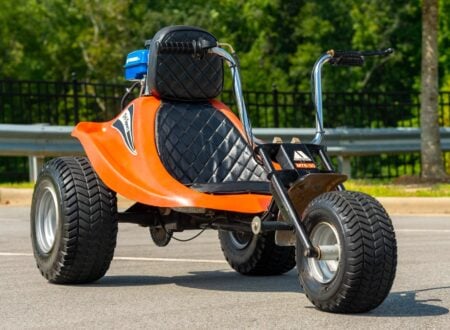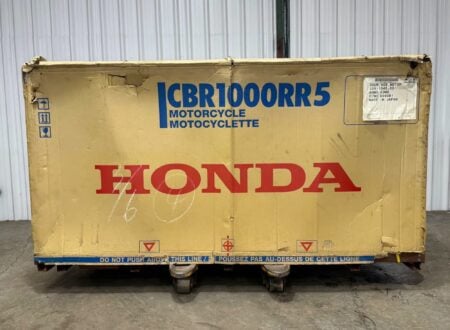The Indian Four is an American-made inline-four cylinder motorcycle that became known as “the Duesenberg of motorcyles” thanks to its unique combination of performance, luxury, and its hefty price tag.
Power is provided by a 1,265cc air-cooled aluminum engine capable of 40 bhp, a significant figure for the era. It’s said to be capable of 90+mph in the right hands, faster than the vast majority of cars and motorcycles on the road in the 1930s.
Fast Facts – The Indian Four
- The Indian Four is a motorcycle that actually started out as the Ace Four, a high-performance inline-four cylinder motorcycle developed and sold by the Ace Motor Corporation in various configurations between 1919 and 1927.
- Indian have always been far more famous for their V-twins however in 1927 they bought the bankrupt Ace Motor Corporation specifically to get their hands on the company’s inline-four. The plan being that they would develop their own new high-end motorcycle around it.
- When they acquired Ace they also hired the former Chief Engineer at Ace, Arthur O. Lemon, an engineering genius who would continue to develop the engine while at Indian, and the new motorcycle around it.
- The Indian Four was in production from 1928 until 1942 when all factory effort switched over to the war effort. Production didn’t restart after WWII, and the surviving examples of the model are now highly collectible.
The Indian Four – “The Duesenberg Of Motorcyles”
The story of the Indian Four begins with the Henderson Motorcycle Company, founded in 1911 by Tom and William Henderson. The company was known for its advanced inline four-cylinder motorcycles, which offered excellent performance and were therefore popular among police forces and with enthusiasts who had a hankering for speed.
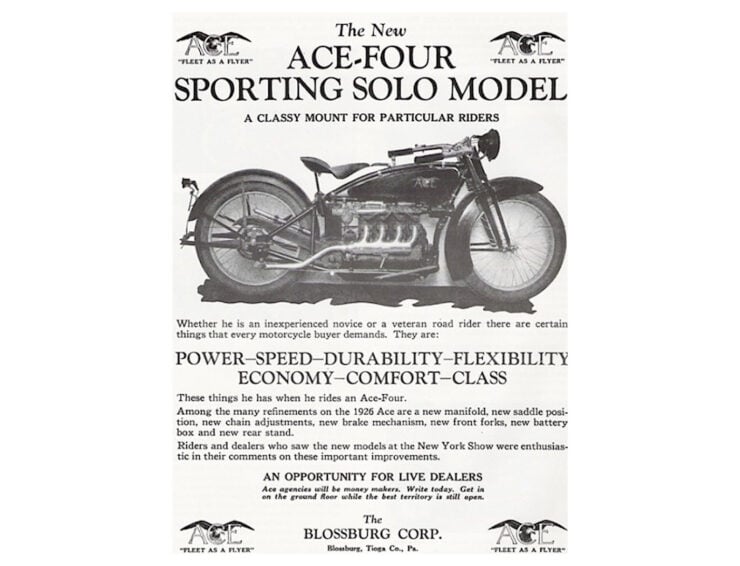

In 1917, the Hendersons sold their company to Ignaz Schwinn, the owner of Excelsior Motor Manufacturing & Supply Company, and also the founder of the famous Schwinn Bicycle Company. The relationship between the Henderson brothers and Schwinn quickly soured, leading to William Henderson’s departure from the company in 1919.
William Henderson went on to found the Ace Motor Corporation with help from Max M. Sladkin of the Haverford Cycle Co. later that same year. He continued to develop and refine the inline four-cylinder engine.
The Ace Four, introduced in 1920, was a high-performance motorcycle that quickly gained a reputation for speed and reliability. Unfortunately, the Ace Motor Corporation faced financial difficulties and ceased operations in 1924. Ownership of the company changed hands at least twice after this, before it was behemoth of the American motorcycle world.
Recognizing the potential of the engine that powered the Ace Four, the Indian acquired the assets of the Ace Motor Corporation in 1927. The Springfield-based company, known for its popular Scout and Chief models, saw an opportunity to expand its product line and capitalize on the growing demand for powerful, high-performance motorcycles that could nudge close to 100 mph.
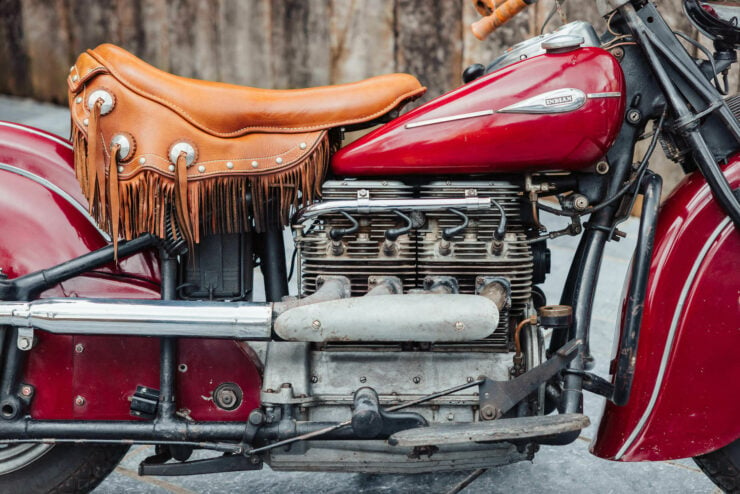

The Indian Four debuted in 1928 as a modest evolution of the Ace Four. The new motorcycle retained the inline four-cylinder engine, but featured numerous improvements and refinements. The first Indian Four, Model 401, boasted a 77 cubic inch (1,265 cc) engine with a three-speed transmission and was capable of 90+ mph – an impressive speed for the time. In 1929, the Model 402 was introduced, featuring a stronger frame and better handling.
Throughout the 1930s, the Indian Four saw a series of modifications and improvements. The frame and suspension were improved for better handling and comfort, and the engine was consistently upgraded, power output on highly-tuned models could even reach 50 bhp. Indian introduced several aesthetic aesthetic changes, including the signature Indian streamlined fenders front and rear.
The peak of Indian Four’s development came in 1940 with the introduction of the Model 440, featuring an upswept exhaust system, skirted fenders, and the “Indian Red” color scheme. The new model showcased some of the most advanced design and engineering features of the era, earning a reputation as the pinnacle of American motorcycling luxury.
The onset of World War II brought about a shift in focus for the Indian Motorcycle Manufacturing Company. As the company devoted more resources to the war effort, the production of civilian motorcycles, including the Indian Four, decreased. The last Indian Four rolled off the assembly line in 1942, marking the end of an era.
Above Video: This episode of Jay Leno’s Garage tells the story of the Indian Four, including footage of it running and being ridden.
The Four wouldn’t return to production after WWII, with V-twins taking the lead role in the American motorcycle market.
The 1941 Indian Four Shown Here
The motorcycle you see here is a remarkably original Indian Four that, somewhat amazingly, is still in the possession of its third owner. The motorcycle was originally delivered to its first owner, named Nick, in 1941 – a police officer in a small town in Illinois.
He had ordered himself an Indian Chief however the dealer couldn’t get the order into the production run – instead he offered a brand new Indian Four. The offer was contingent on the condition that he provide a letter from his police chief officially stating that the new motorcycle was going to be used on the job, then his order could be added to the Chicago PD order.
The deal was made and the bike was delivered, it’s not known how much time Nick actually spent riding the bike as part of his job, however it was his only form of transportation for many years. He later rode it to Seattle when he moved there, then later rode it to San Diego when he moved there.
The bike has passed to two owners since and the third owner is now offering it for sale as part of the Bonhams Autoworld sale. The price guide is €90,000 – €120,000 which works out to approximately $99,000 to $132,000 USD, if you’d like to read more about it or register to bid you can visit the listing here.
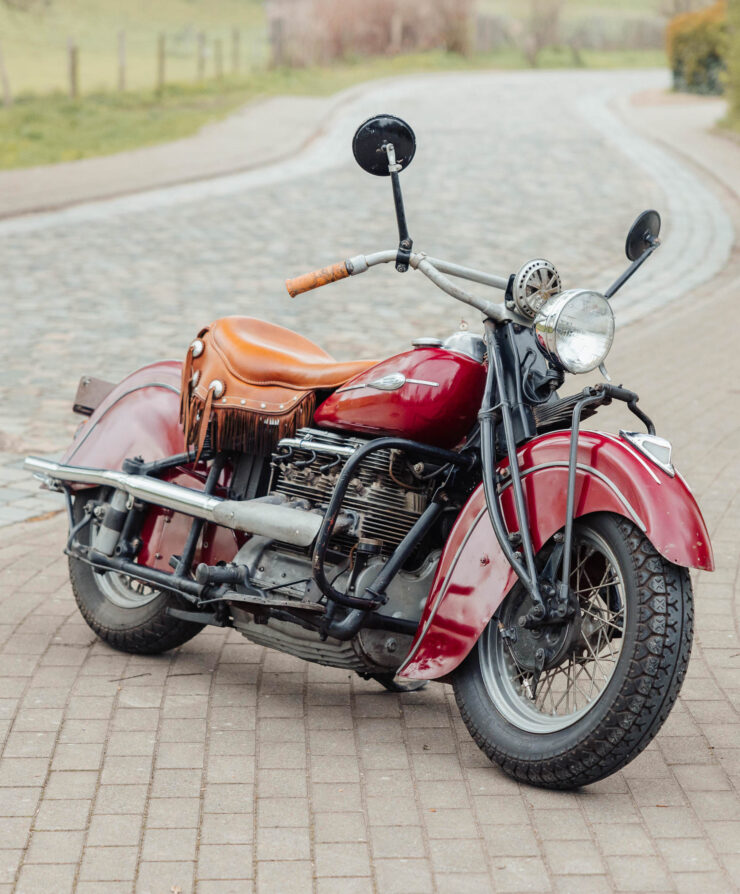
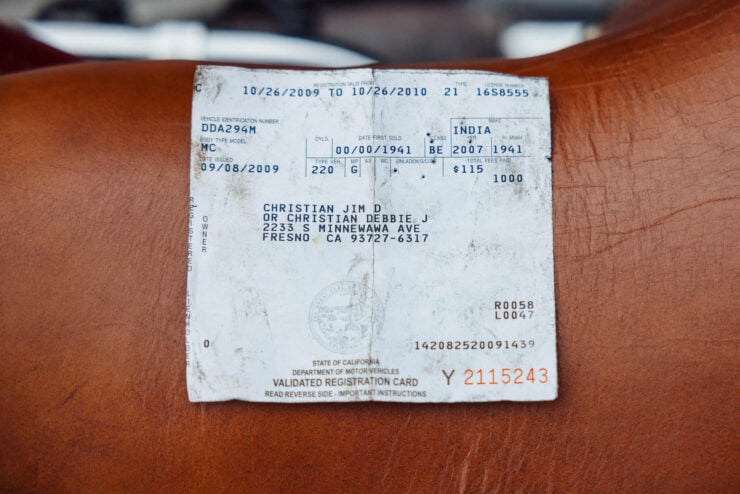
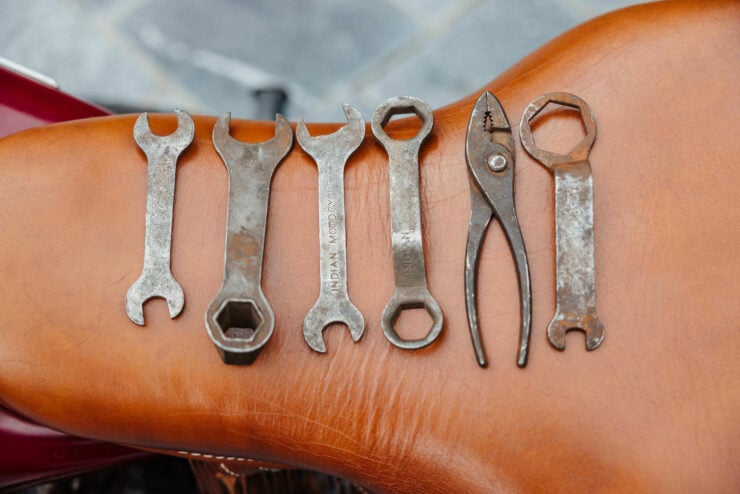

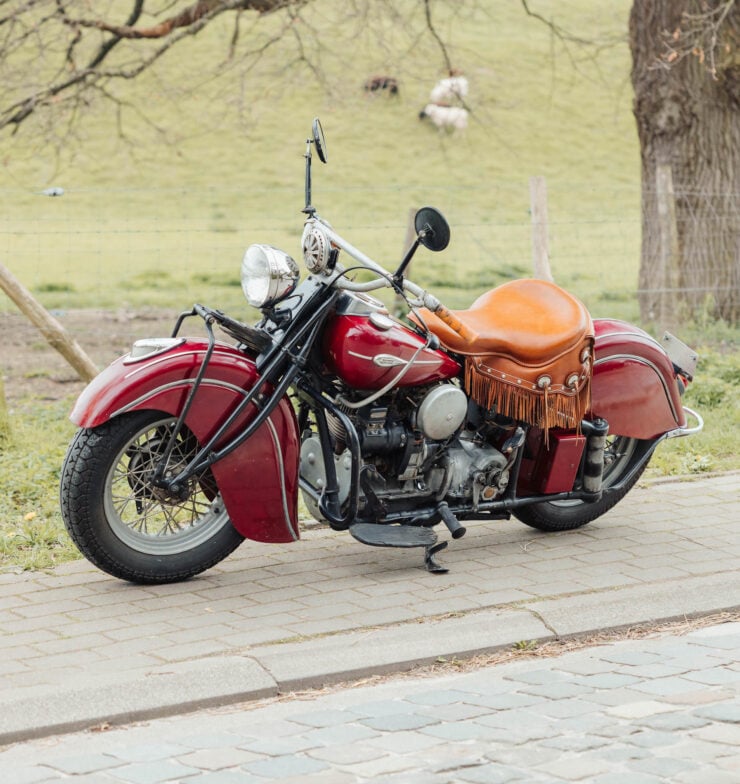
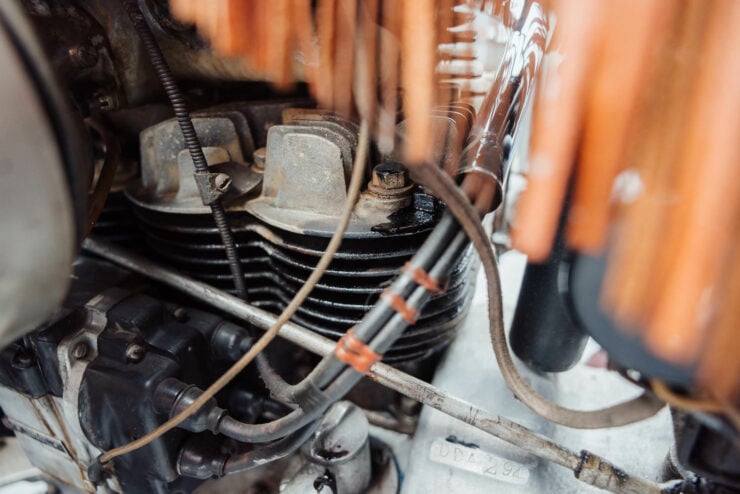
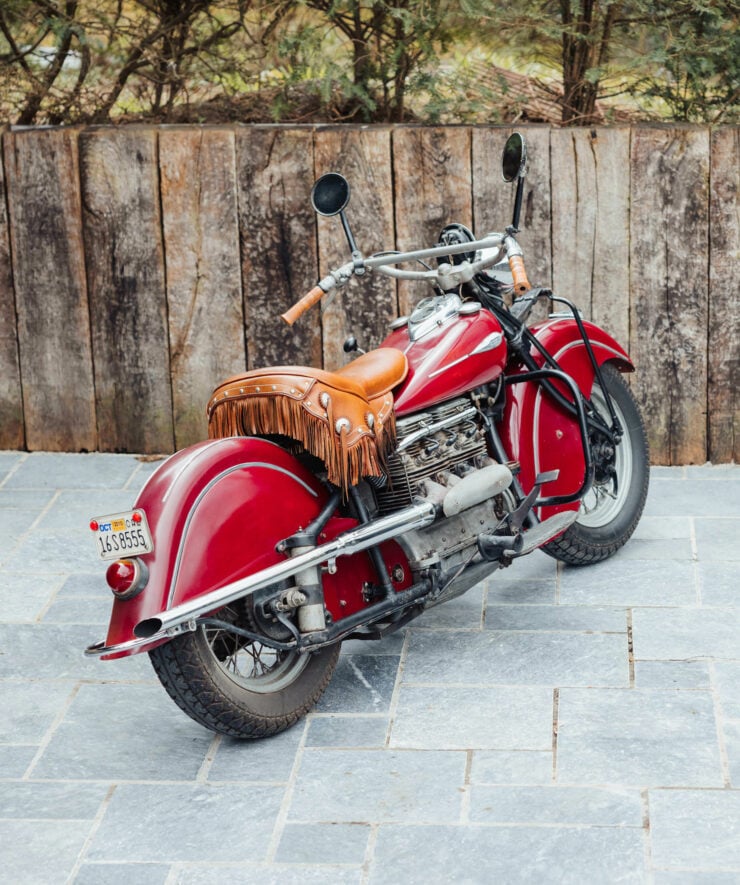
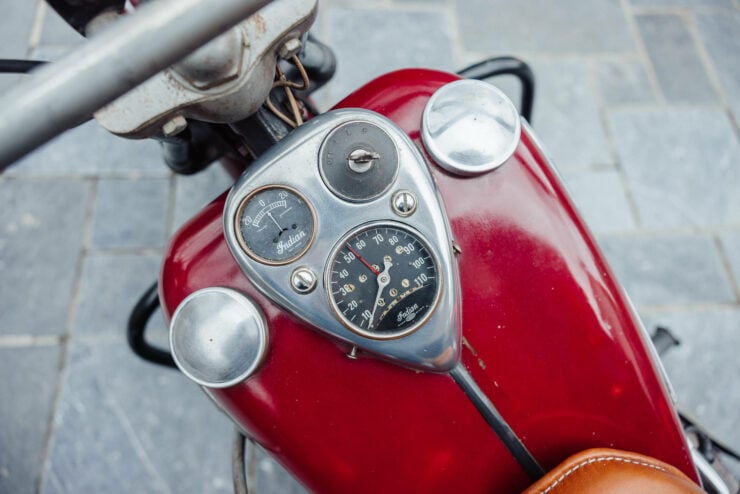
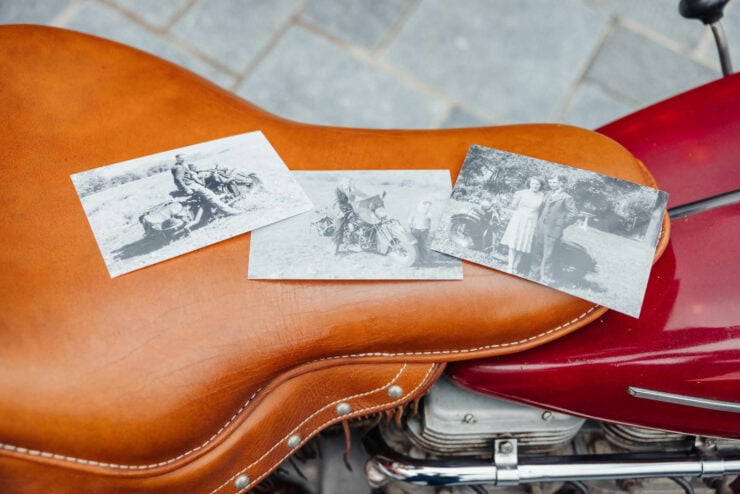
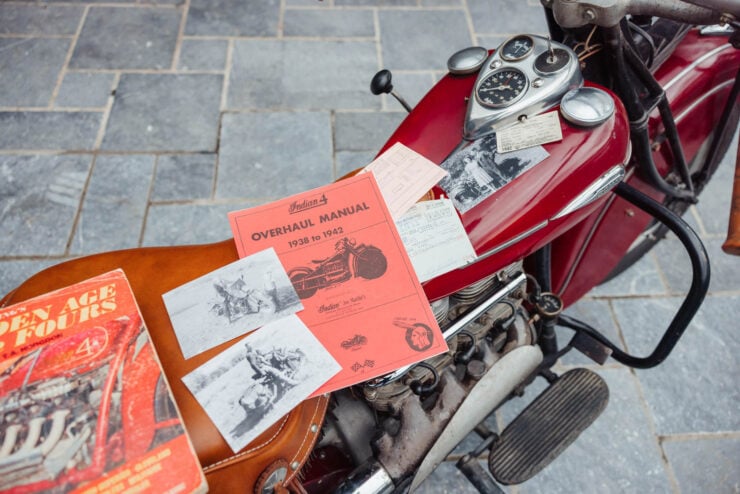

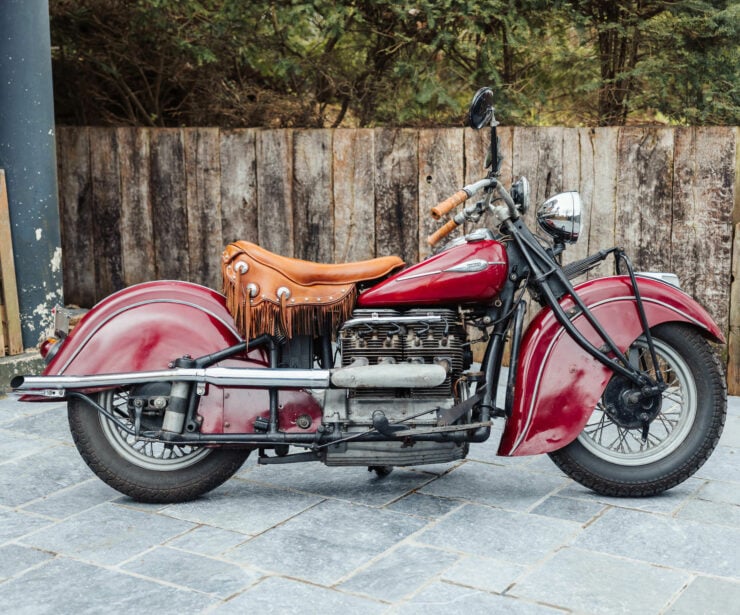
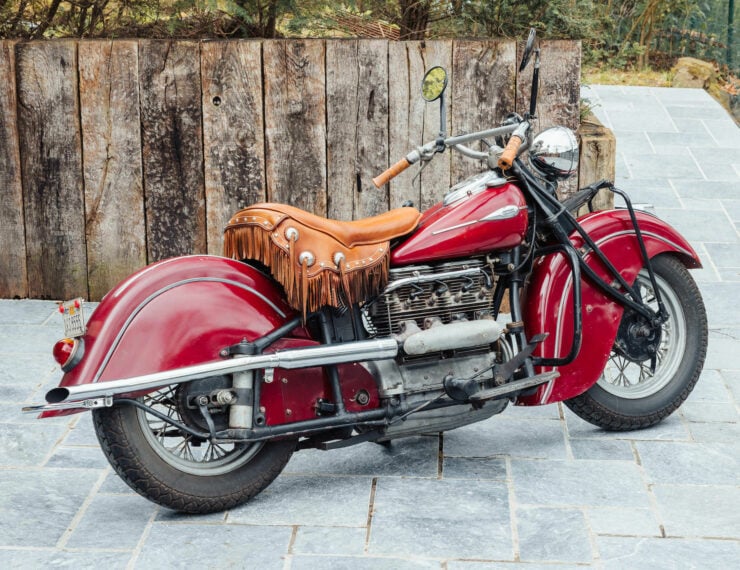
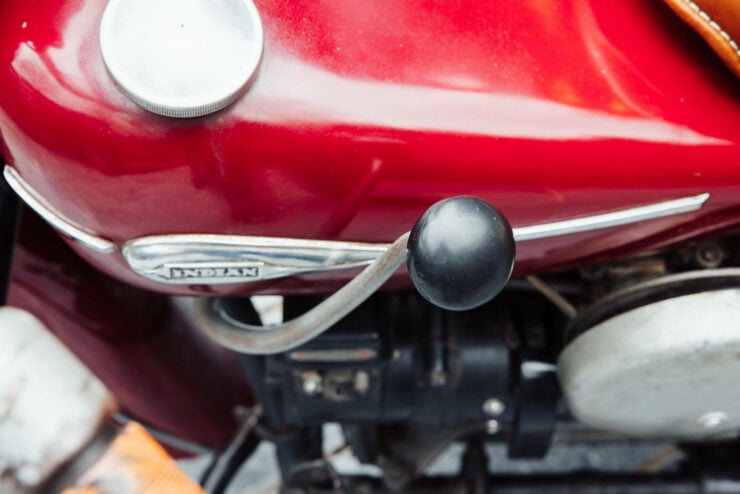
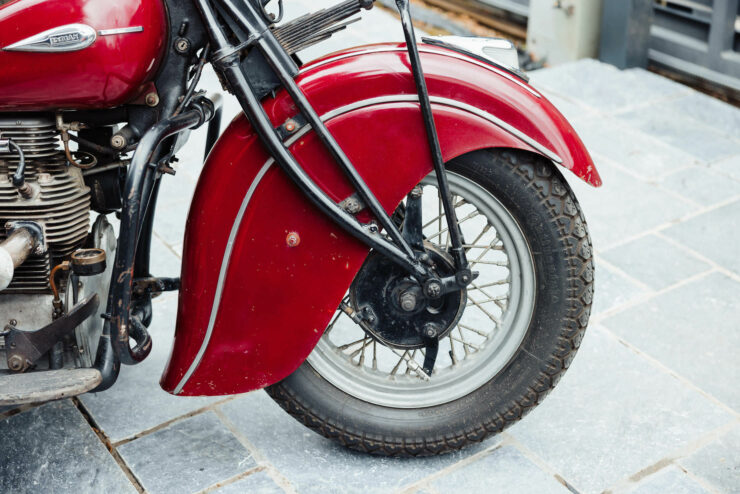
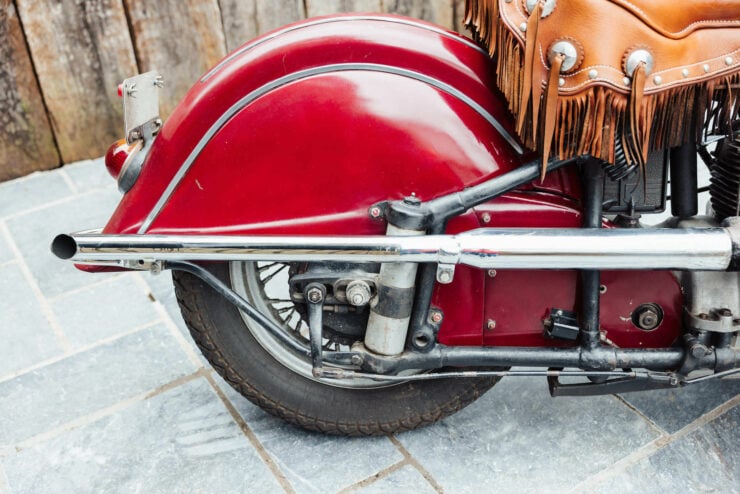
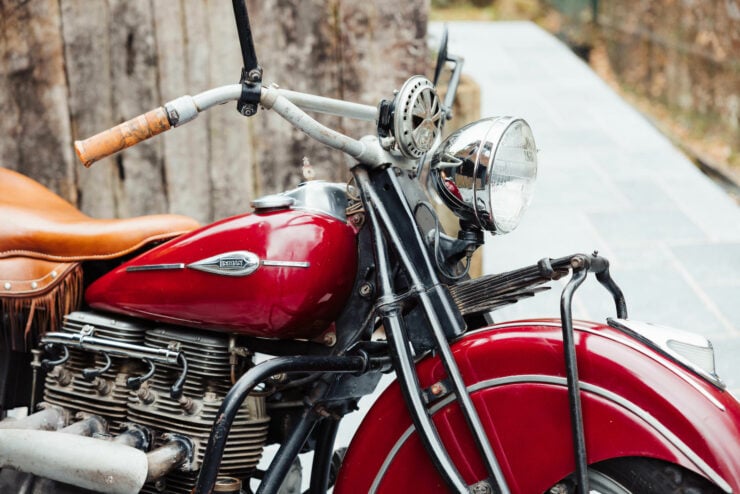
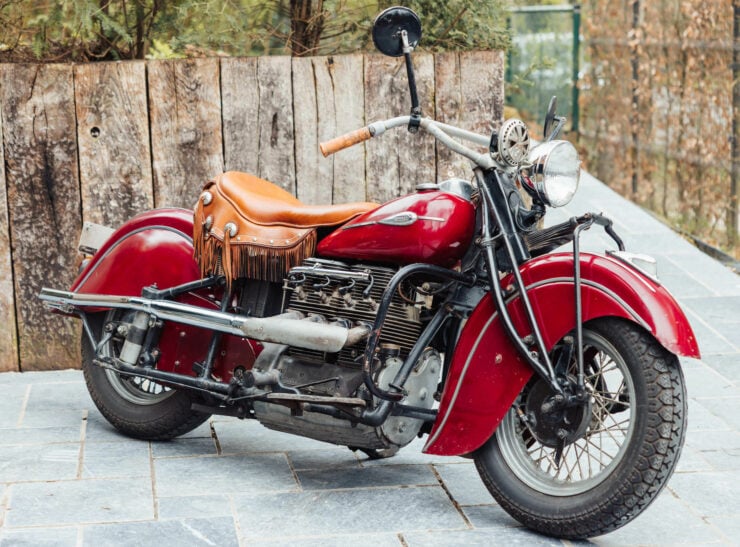
Images courtesy of Bonhams

